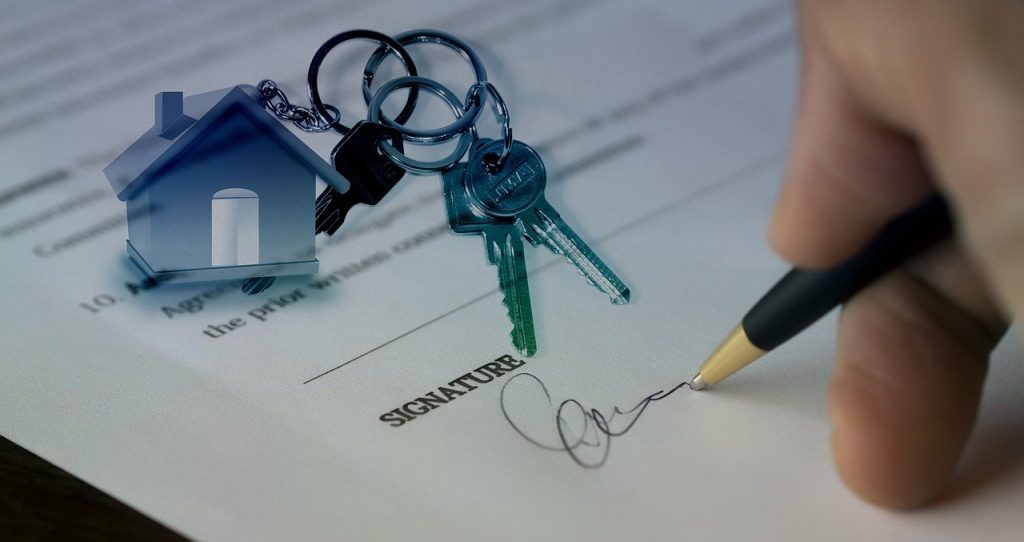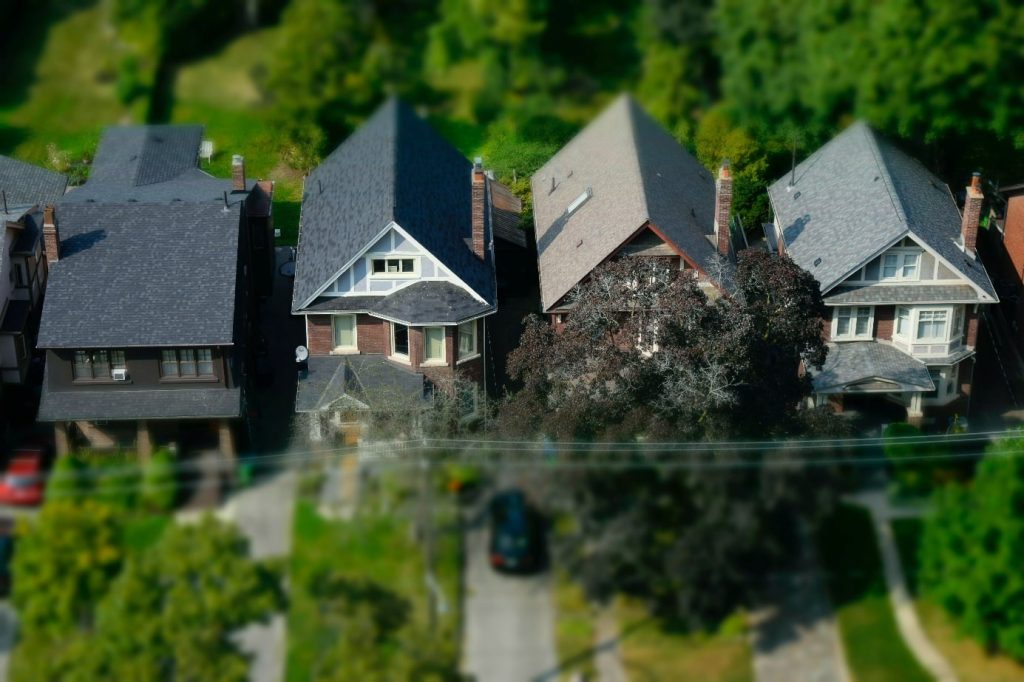All condominiums must have a trustee to govern the settlement between the owners. This obligation was notably put in place with the law of July 10, 1965 concerning co-ownership and recently clarified with decree no. 2015-1681 of December 15, 2015, regarding the information of co-owners on the decisions taken.
What is a condominium trustee?
A co-ownership trustee is a co-owner or a group of co-owners who meet on a voluntary basis to ensure compliance with the regulations specific to co-ownership.
It is also possible to call on a professional trustee who must then prove that he has a professional property management card and who will then manage the co-ownership in place of the co-owners.
Whether it is a professional trustee or not, he is required to open a bank or postal account in the name of the co-ownership.
The trustee is appointed by mandate and must be re-elected every 3 years by competition for several trustee contracts at a general meeting of the co-ownership.
Read also: How does the LRE revolutionize exchanges between trustees and co-owners?
The role and operation of the syndic of co-ownership
Once appointed, the trustee ensures the administrative and financial management of the co-ownership.
Administrative management
To do this, it draws up an exhaustive list of the various co-owners and tenants and updates it regularly.
He is required to define and summarize the information specific to the co-ownership (decisions of the general meeting, internal regulations of the residence, etc.) and must inform each co-owner and tenant, by posting or in the mail boxes.
It is then his duty to ensure that the rules set are respected by everyone.
Regarding the maintenance of the premises, the syndic of co-ownership must ensure their conservation and their cleanliness, in particular by establishing a maintenance log.
If necessary, it is he who calls on the appropriate companies.
If the syndicate of co-ownership is responsible for deciding to create or eliminate a post of maintenance staff for the co-ownership, it is up to the trustee to set the terms of the contracts and to dismiss the staff when this proves necessary.
Financial management
From a financial point of view, the trustee opens a separate bank or postal account in the name of the co-ownership.
He must take out insurance for the co-ownership and must acquire the various expenses of the co-ownership, including in particular the charges. To be able to assess these costs, he draws up a provisional budget and must report on this financial management once a year to the general meeting of co-owners.
Once the year has elapsed, it is then possible for him to reassess the contributions of each owner for the following year.
With regard to the work, the syndic does not need the authorization of the co-owners for their realization if it is a question of minor maintenance work or work of an emergency nature (leak, repair of the door secure). Conversely, for renovation work, for example, the project must be submitted to the meeting of co-owners.
The syndic of co-ownership should not be chosen lightly since he manages your accommodation and everything that concerns it. He is thus the guarantor of both your safety and your well-being.
Read also: Problems with your trustee? Change it!




